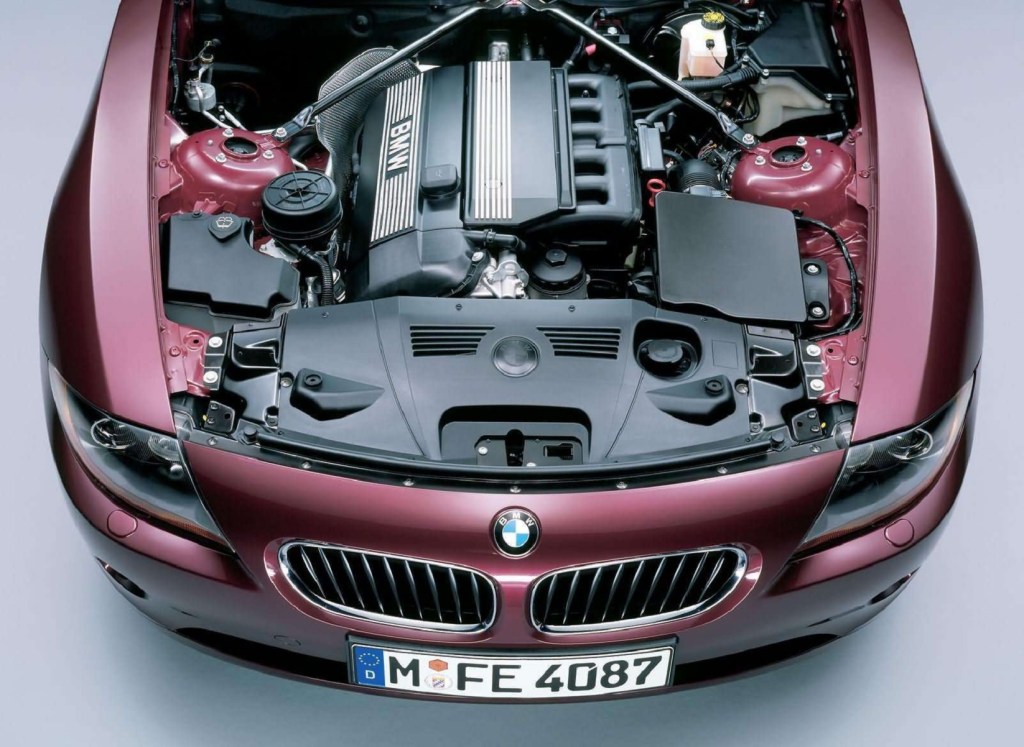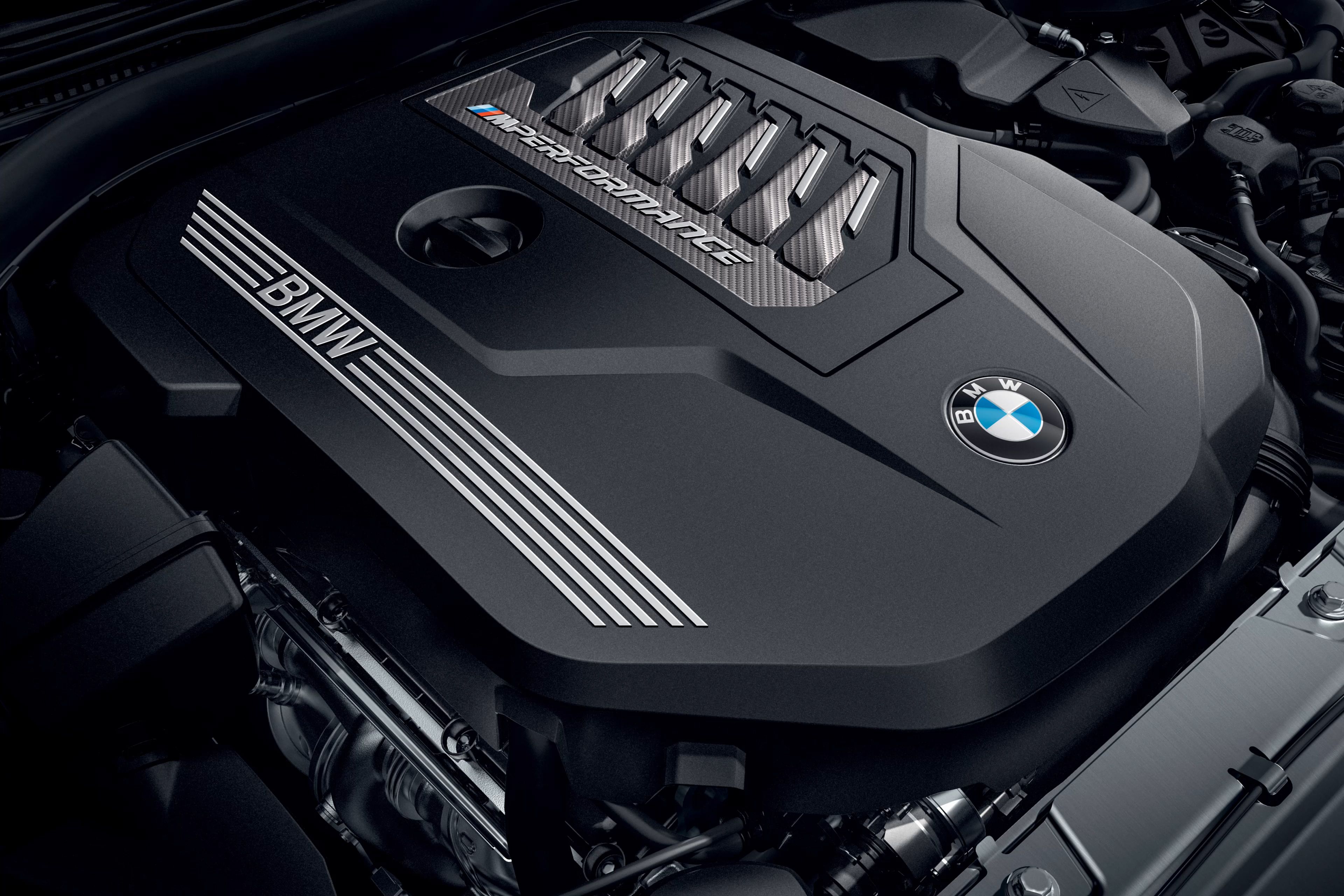Discovering the Evolution of Burning Engines in Modern Transport Equipments
As we navigate the landscape of modern-day transport, the advancement of combustion engines stands as a testament to human ingenuity and design expertise. The interaction of history, innovation, and ecological worries in forming the trajectory of burning engines produces a story that is both insightful and engaging.
Very Early Beginnings of Combustion Engines
How did the idea of burning engines initial emerge in the beginning of transport growth? When the concepts of inner burning were very first discovered, the roots of burning engines can be traced back to the 17th century. In 1673, Christian Huygens conceptualized a standard inner burning engine that used gunpowder to create power. Nevertheless, it had not been until the late 19th century that functional applications of burning engines in transport started to arise.
The advancement minute came with the innovation of the first successful gasoline-powered engine by Karl Benz in 1885 - bmw engine. This engine led the way for the advancement of the modern-day auto, reinventing transport systems worldwide. Subsequent technologies by Nikolaus Otto and Gottlieb Daimler better refined combustion engine technology, leading to the mass manufacturing of autos and the fast growth of the transportation market
These early burning engines were defined by their simpleness and efficiency, laying the structure for the complex and effective engines used in modern transportation systems. The advancement of burning engines has actually been crucial in forming the way we travel and move goods, marking a substantial milestone in the history of transportation development.
Change to Internal Burning Innovation
The transition to interior burning technology marked a crucial shift in the advancement of transport systems. This shift started in the late 19th century, with inventors like Nikolaus Otto and Gottlieb Daimler developing the first successful interior combustion engines. These engines reinvented transport by offering a more effective and powerful choice to steam engines and electric motors.
Among the vital benefits of interior combustion engines was their ability to be scaled down to fit right into cars, bring about the advancement of motorcycles and automobiles. This shift from bulky, stationary engines to portable, mobile ones led the method for the modern transportation systems we see today.
The change to internal burning technology also spurred advancements in gas modern technology, causing the growth of fuel and diesel as key gas resources for cars. This shift not just made transport much more available to the masses but likewise laid the foundation for the oil and gas sector to become integral to worldwide economic climates.
Effect of Combustion Engines on Transport
The fostering of burning engines in transport systems catalyzed an extensive change in the efficiency and speed of international wheelchair. Combustion engines transformed transportation by giving a versatile and reputable source of power for numerous cars, including cars and trucks, ships, airplanes, from this source and trucks. This innovation significantly boosted the capability for people and items to conform fars away in much shorter timespan, causing increased connection in between regions and countries.
Moreover, the widespread use combustion engines has actually had a substantial effect on financial advancement. The ability to transport goods successfully has actually spurred trade and commerce, permitting businesses to increase their markets and get to customers worldwide. This has actually assisted in financial growth and globalization, as products can now be carried quicker and in larger amounts than ever.
However, the environmental effect of combustion engines can not be neglected. The combustion of fossil gas has led to air pollution and greenhouse gas discharges, adding to environment modification and posturing health risks to populaces. bmw engine. Consequently, there is an expanding emphasis on establishing different propulsion innovations to mitigate these adverse effects and develop an extra sustainable future for transportation
Developments in Burning Engine Layout
One notable innovation is the advancement of turbocharged engines, which utilize exhaust gases to drive a turbine that presses incoming air, allowing for more gas to be burnt, resulting in enhanced power output without a substantial boost in engine dimension. Variable valve timing systems have actually additionally changed engine style by optimizing air movement at different engine speeds, improving both power and performance. These technologies jointly contribute to the constant renovation of burning engines in modern transportation systems.
Future Fads in Combustion Engine Growth
With technology improvements driving constant technology, the future of combustion engine development is positioned to change transportation systems internationally. One of the key trends in combustion engine advancement is the press in the direction of better performance and decreased discharges. Producers are spending greatly in r & d to boost engine efficiency while satisfying click here for more strict environmental policies. This includes the combination of innovative fuel injection systems, improved turbocharging approaches, and making use of lightweight materials to optimize fuel usage and minimize carbon emissions.
One more famous fad is the adoption of crossbreed innovations in combustion engines. Hybrid engines combine standard combustion innovation with electrical power, using enhanced gas efficiency and reduced exhausts. As the automobile sector shifts towards electrification, hybrid combustion engines are viewed as a transitional remedy that links the space in between standard cars and fully electrical ones.
Moreover, the combination of wise innovations, such as artificial knowledge and information analytics, is expected to play a substantial function in the future of combustion engine development. These technologies can optimize engine performance in real-time, resulting in more efficient combustion processes and enhanced overall automobile efficiency. Accepting these future trends will certainly not just drive innovation in combustion engine advancement yet additionally add to a more eco friendly and lasting transport ecological community.

Verdict
In conclusion, the advancement of combustion engines in modern transport systems has been marked by substantial developments in modern technology and style. From the early beginnings of burning engines to the change to inner burning technology, these engines have had an extensive impact on transportation.
The roots of burning engines can be mapped back to the 17th century when the concepts of interior combustion were very first explored. These engines transformed transport by supplying an extra effective and powerful choice to vapor engines and electric motors.
